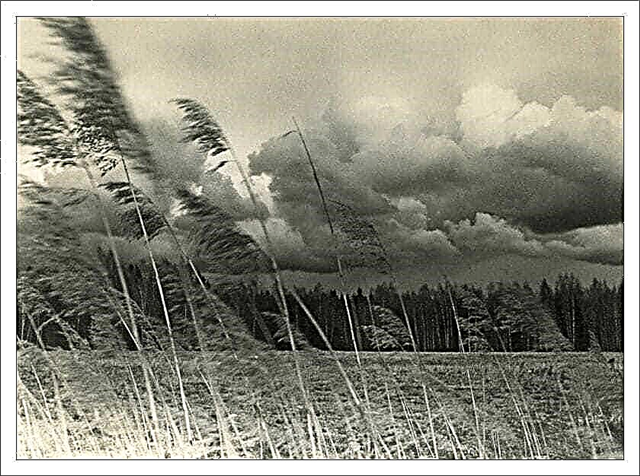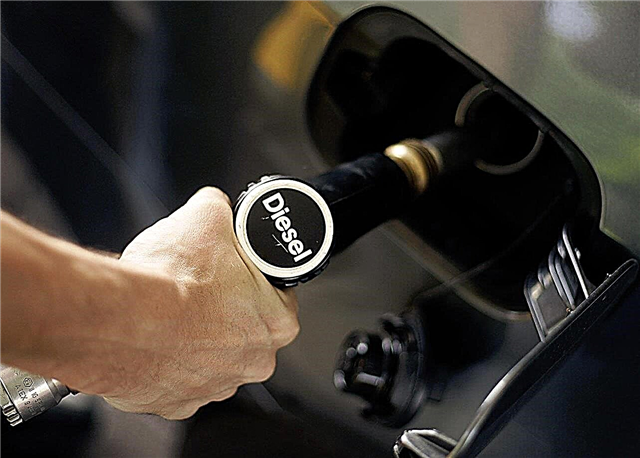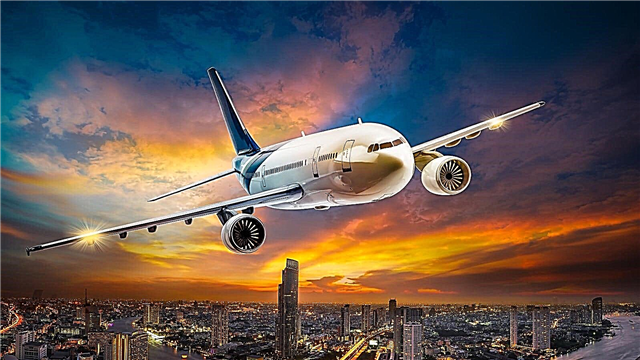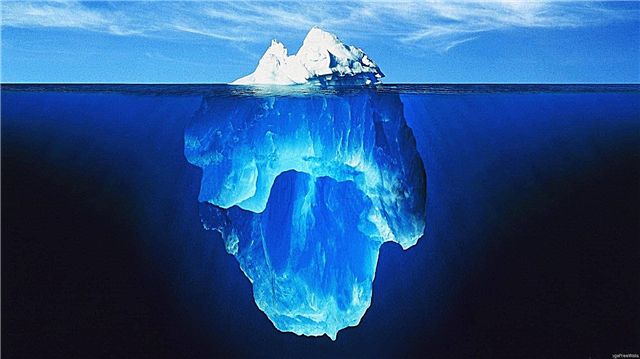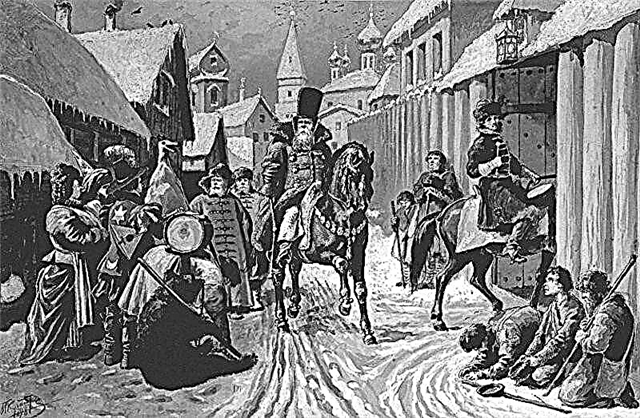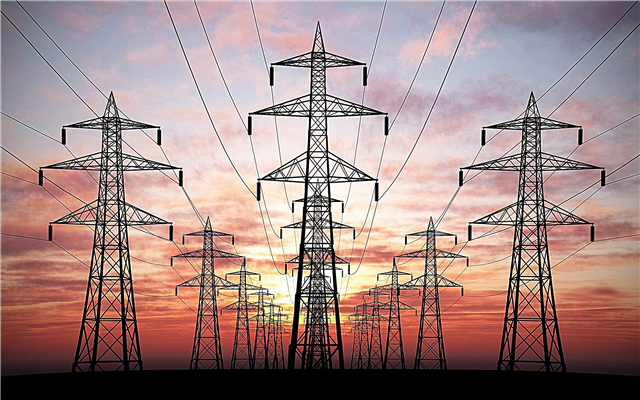
Every day, thousands of planes depart for destinations on five continents. Let’s try to find out why this particular type of fuel is preferred when refueling modern aircraft, and how it differs from gasoline.
What is jet fuel?
Fuel for use in the aviation industry is called a combustible substance intended to be fed into a mixture of air with the combustion chamber of an aircraft engine. The goal is to obtain thermal energy, which is released at the time of oxidation of the mixture with oxygen, that is, combustion. Fuel poured into the caisson tanks of aircraft is divided into two types.
Aviation gasoline
This type of fuel is obtained by direct distillation, reforming or catalytic cracking. The main physical and chemical indicators of aviation gasoline are:
- resistance to knock;
- chemical stability;
- fractional composition.
Gasoline is characterized by high volatility and suitability for the formation of fuel-air mixtures necessary for the current flight conditions.
This type of combustible mixture is used for combustion in piston internal combustion engines. Airplanes with such engines fly short distances on local airlines, are used for demonstration flights and air shows. The most popular brands in Russian small aviation were the brands of leaded gasoline for normal and lean mixtures developed by the last quarter of the last century - B91 / 115 and B95 / 130. Today, the small aviation fleet is completely refueled with ordinary AI-95 gasoline or imported AVGAS 100LL fuel.
Aviation kerosene
Conventional gasoline is not suitable for burning in a combustion chamber of a turbojet airplane engine. In piston engines, the effect of a sharp ignition of a gas-air mixture is used to create a push on the cylinder head. A completely different principle is used in jet engines. It is important here that the combustion is smooth. This is what provides the burned aviation kerosene.
For pouring jet aircraft into the caissons, fuel is used, which is obtained from the middle distillate kerosene fraction of oil with a boiling point of 150-280 ° С. 96-98% of the composition of aviation kerosene are naphthenic, paraffinic and aromatic hydrocarbons. The remaining proportion in the composition is behind resins, nitrogenous and organometallic compounds.
The difference between kerosene and gasoline
A method of producing aviation kerosene is the direct distillation of low-sulfur and sulphurous oil. To improve the physicochemical properties of kerosene, various additives and hydrotreating are used. Kerosene has several advantages over gasoline:
- high rate of calorific value (both mass and volume);
- low volatility;
- lower freezing point;
- low kinematic viscosity.
- In addition, kerosene is less flammable than gasoline.
A significant plus in the use of kerosene is the breadth of application. In addition to fuel for jet propulsion systems, it is used on board as a refrigerant or coolant for radiators. To control the cross section of the engine nozzle, a hydraulic system is used, in which kerosene can also be a working fluid.It is unnecessary to remind that this type of fuel is an excellent solvent. This is extremely important when organizing the maintenance process of jet engines.
Kerosene Nomenclature for Jet Engines
In Russia and other countries of the former USSR, several types of fuel are traditionally used.
TS-1
According to GOST 10227-86, this type of kerosene (reserve RT) is a straight-run fraction, or a mixture thereof with hydrotreated fractions. The main limitation is the total sulfur content should not exceed 0.2% (including mercaptan - not more than 0.003%). TS-1 is refueled in caissons of subsonic jet engines. By its physical and chemical properties, this kerosene is very similar to the popular foreign brand of fuel Jet-A.
T-6 and T-8
Heat-resistant kerosene of these grades is produced by oil refineries exclusively for use by the Russian Aerospace Forces in some types of supersonic vehicles. The fuel is of very high quality, as it is distilled with full hydrotreating and the introduction of improving additives.
RT
This type of fuel (reserve TS-1) is a highly purified straight-run fraction with a boiling point of 135-280 ° C. The total sulfur content does not exceed 0.1%. Fuel has lubricating properties due to the fact that it is extracted by the hydrocracking method and is “dry”. The scope is military aviation. This kerosene has no analogues among foreign brands.
Various types of additives are used to improve the performance of kerosene:
- antistatic;
- antiwear;
- anti-crystallization.
- antioxidant.
The main purpose of their application is to preserve the physicochemical properties of aviation kerosene on the entire flight route in the winter and in difficult weather conditions.

